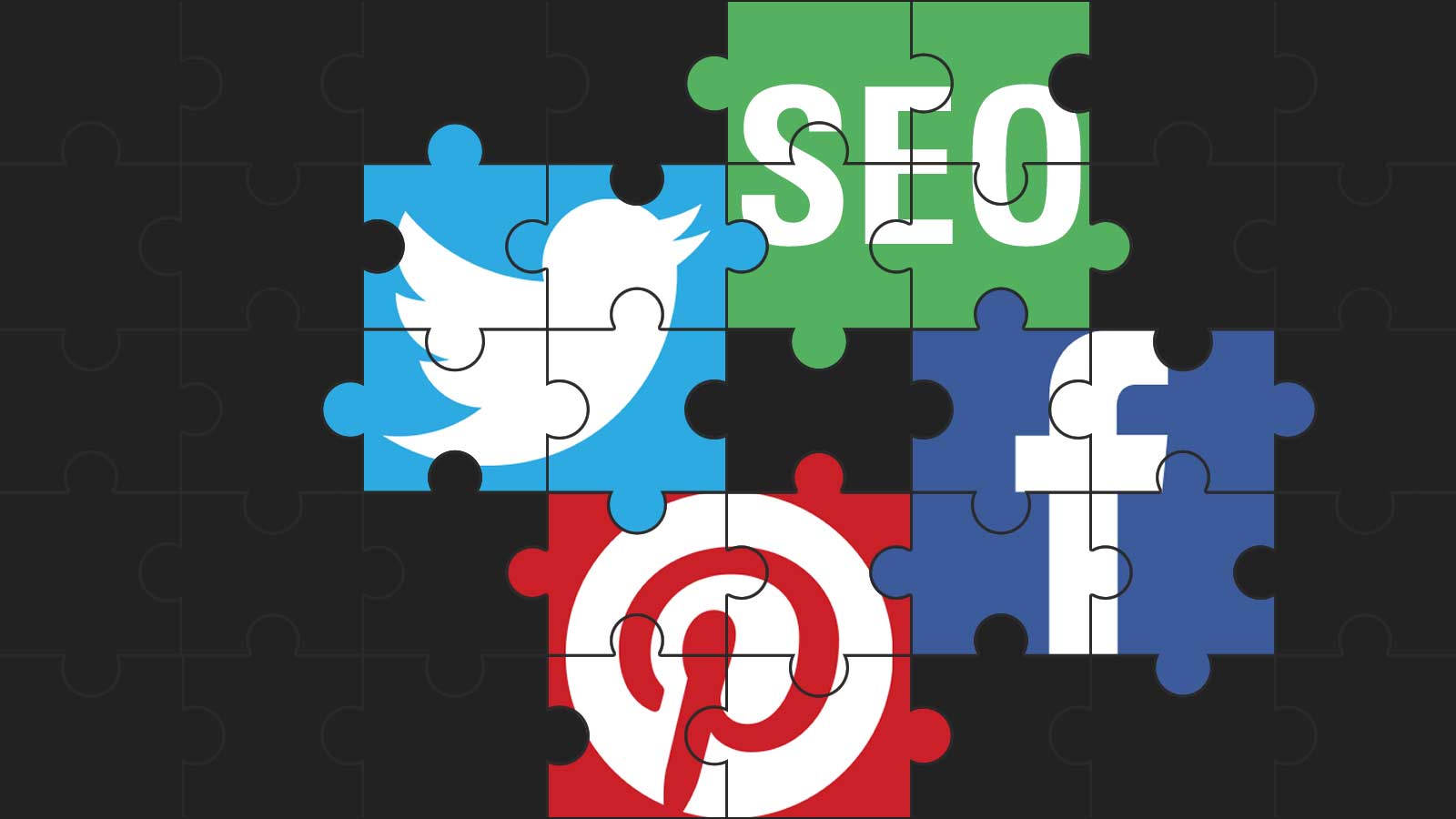
Instagram has over 700 million users, with over 400 million active daily. This doubles Twitter’s size. Instagram’s rapid growth is overwhelming. From 2015 to 2017, it doubled its user base from 350 million to 700 million. Instagram is a great platform for digital marketing and offers endless possibilities for businesses. Here are seven Instagram marketing mistakes to avoid.
- Ignoring Your Market
- Quantity over Quality
- Buying Followers
- Hashtag Abuse
- Excessive Promotion
- No bio link
- Not Using Instagram Stories
-
Ignoring Your Market
You can’t expect to become famous just by signing up for Instagram. Building relationships and a community of loyal customers is important on any social networking site. This only happens when you promptly answer follower questions and share their content. Start engaging with your audience by asking and answering questions.
-
Quantity over Quality
Businesses often believe that frequent Instagram posting will yield results. That is, unless the increased post frequency degrades quality, which rarely happens. If you look closely at some of the best Instagram brands, you will notice that their posts emphasize quality and value. The best example is MAC cosmetics. They posted a few high-quality photos and quickly received 33,000 likes. By focusing on quality, they have gained over 200,000 monthly followers.
-
Buying Followers
Instagram is undeniably a lucrative digital marketing channel. That’s why most digital marketers try to stay ahead of it. So they prefer to buy followers and engagement, which is wrong. Hootsuite created a fake Instagram account and bought followers.
Despite winning 150 million Instagram followers, the experiment revealed zero engagement. Moreover, they discovered that a large percentage of their audience is either teenagers or bots. Instead of buying dumb followers, make a strategy and try to build relationships.
-
Hashtag Abuse
Social media marketers frequently misuse hashtags. They’ve been doing this on Facebook and Twitter for a while. They’ve now started abusing hash tags on Instagram. Instagram’s generous 30 hashtag limit per post allows digital marketers to abuse hashtags.
Unfortunately, most digital marketers don’t realize that using fewer relevant hashtags can yield better results than using too many. The best example is Go Pro, whose Instagram followers are growing by 221,000 per month simply by using less relevant hashtags.
-
Excessive Promotion
Over promotion is one of the main causes of low engagement. Nobody likes a brand that constantly promotes itself on social media. According to Forrester’s research, more and more brands are using social media, but engagement is dwindling. Even increasing the posting frequency had no effect.
Brands used to get 4.2 percent of followers to interact with their posts, but that has dropped to 2.2 percent. The more they push, the worse the result. Brands will have to rethink their strategy to improve user engagement and avoid overpromotion.
-
No bio link
Social media marketers also fail to include a link in their bio. Instagram generates 1.2 billion likes and 1000 comments per second. But if you don’t provide them with a link to your website, you’re missing out on a huge opportunity to increase traffic. A link in the bio or Instagram post can go a long way. Your website traffic, blog readership, and sales will increase.
-
Not Using Instagram Stories
Instagram stories are a popular feature with over 200 million users. It is a unique feature that allows users to post multiple photos and videos that play as a slideshow for 24 hours. Stories on Instagram can tell a story or deliver value. To get the most out of Instagram stories, be authentic and creative.
Conclusion
Instagram will help you increase website traffic, fan base, and brand loyalty. Never buy Instagram followers or overpromote. Take advantage of Instagram stories. Finally, include a link in your bio to increase website traffic and clicks. Avoid all of the above mistakes to get the best results from Instagram.





